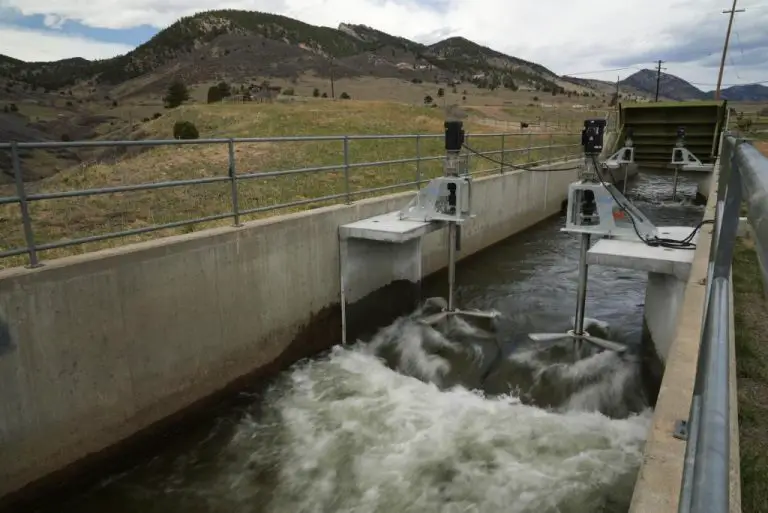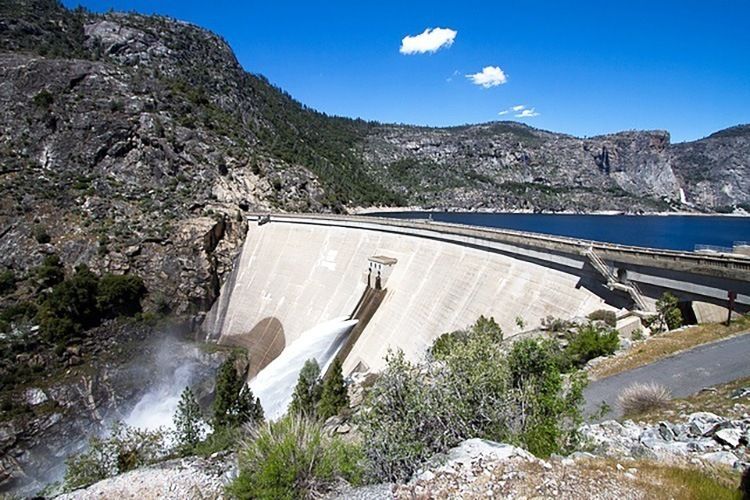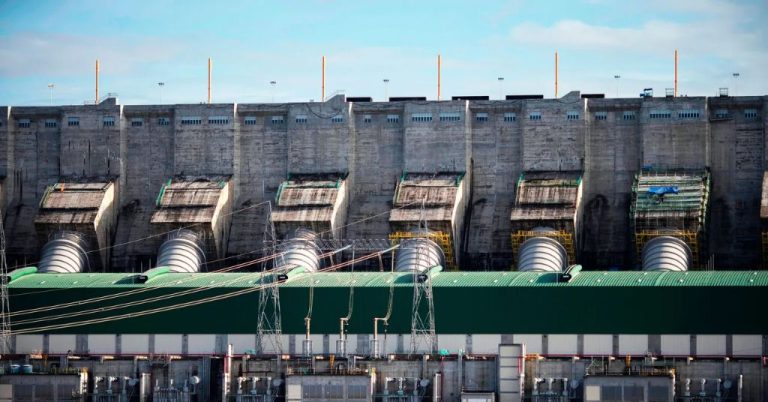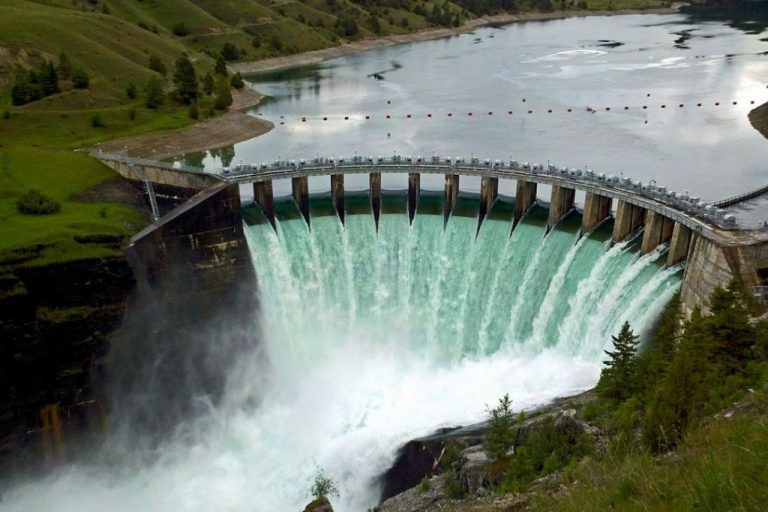Where Does Toronto Get Its Power From?
Toronto is the largest city in Canada, home to over 2.9 million people. Understanding where this major metropolitan area gets its electricity from is important, as it affects costs, reliability, and environmental impacts. Toronto’s energy mix shapes key aspects of life in the city, from housing and transit to jobs and quality of life. This article provides an overview of the main sources of power generation supplying Toronto homes and businesses.
Overview of Toronto’s Power Supply
Toronto, the capital of Ontario and Canada’s most populous city, relies on a mix of power sources to meet its electricity needs. In 2022, Ontario generated a total of 137.5 terawatt-hours (TWh) of electricity, with about 60% of that power being consumed in the Toronto area (2022 Year in Review). Nuclear power makes up the largest share at around 60% of Toronto’s electricity supply, followed by hydroelectricity at around 25%, natural gas at 10%, and a small amount from renewables like wind and solar (Supply Mix and Generation). The city’s electricity is managed by Toronto Hydro, which serves approximately 775,000 customers. Overall, Toronto has seen steady growth in electricity demand over the past decade, and ensuring a reliable, low-emission power supply remains a key priority as the city continues to grow.
Nuclear Power
Nuclear power provides a significant portion of electricity generation for the city of Toronto. According to the Canadian Nuclear Association, nuclear energy accounts for over 50% of Ontario’s electricity supply, with much of that coming from nuclear power plants located close to Toronto (Nuclear Power in Canada).
The Pickering Nuclear Generating Station, located just east of Toronto, has 6 nuclear reactors and generates about 3,100 megawatts of power. Pickering provides over 10% of Ontario’s electricity supply and will continue operating until 2024 (Our power generation | Nuclear power).
The Darlington Nuclear Generating Station, located east of Toronto on Lake Ontario, is one of the largest nuclear power plants in the world with 4 reactors generating around 3,500 megawatts. Darlington provides about 20% of Ontario’s electricity needs (Our power generation | Nuclear power).
With major nuclear plants close to the city, nuclear power remains an integral source of electricity generation for Toronto. The facilities provide reliable baseload power with very low carbon emissions.
Hydroelectric Power
Hydroelectric power plays a significant role in Toronto’s electricity supply. According to statistics from Statista, Canada’s hydropower production remained relatively stable from 2009 to 2021, averaging around 380 terawatt hours per year (https://www.statista.com/statistics/1031106/hydroelectric-energy-production-canada/). A report from Statistics Canada indicates that hydroelectricity accounts for over 60% of electricity generation in Canada (https://www150.statcan.gc.ca/n1/daily-quotidien/220707/dq220707h-eng.htm).
Specifically for Toronto, a significant portion of its electricity comes from hydroelectric generating stations in northern Ontario and Quebec. According to Wikipedia, hydropower accounts for 95.73% of the supply sold by Hydro-Quebec, which transmits power to Ontario (https://en.wikipedia.org/wiki/Hydroelectricity_in_Canada). Large hydroelectric projects like Robert H. Saunders, Sir Adam Beck, and De C Evie generating stations provide steady baseload power that is transmitted to Toronto through an integrated provincial grid.
In summary, hydroelectricity generated from dams and river systems in northern Ontario and Quebec makes up a major part of Toronto’s electricity supply through integrated transmission networks.
Natural Gas
Natural gas is an important source of power generation in Toronto. According to Natural Gas Facts, as of 2022 Canada is estimated to have 1,368 trillion cubic feet of natural gas resources, an amount equal to over 200 years of current annual demand. In Ontario, natural gas accounted for 30% of the province’s energy supply in 2019, generating over 900 petajoules of energy.
The Canadian Energy Regulator reports that in 2019, natural gas accounted for 36% of Canada’s total electricity generation at over 4400 petajoules nationwide. This reliance on natural gas for electricity is expected to continue in the coming years.
Toronto has several natural gas power plants that provide electricity to the city’s grid. Some of the major natural gas plants include the Portlands Energy Centre, Greenfield South Power Plant, and York Energy Centre. These plants can ramp up and down quickly to meet fluctuating electricity demand.
Natural gas burns cleaner than coal, producing lower carbon emissions. However, natural gas is still a fossil fuel that contributes to climate change. Going forward, Toronto will need to weigh its use of natural gas for power generation versus transitioning to more renewable sources like wind and solar.
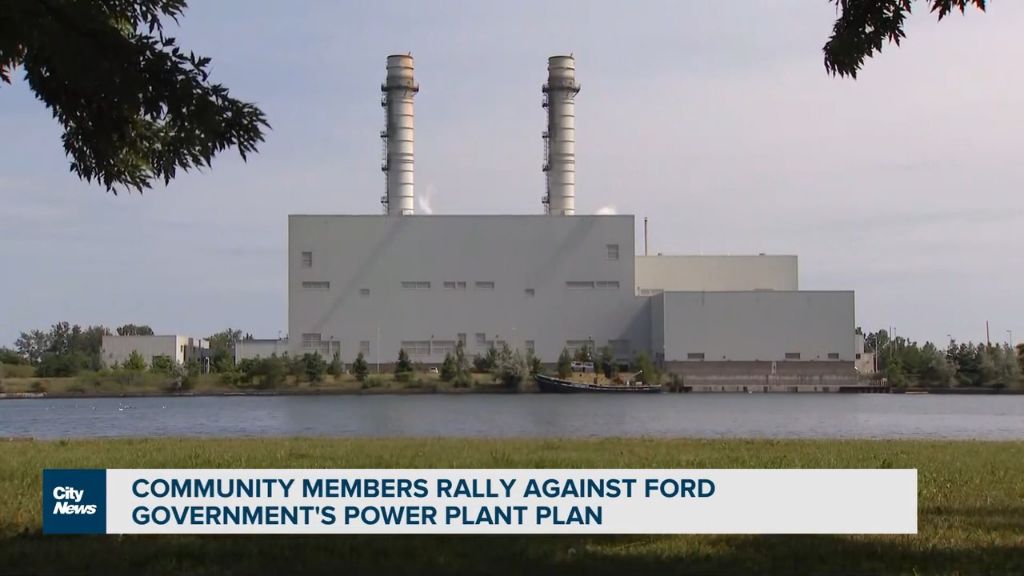
Coal
In recent years, Canada has significantly reduced its reliance on coal power. According to Canada’s Coal Facts from Natural Resources Canada [1], in 2020 only 6% of Canada’s total electricity generation came from coal, compared to 76% in 2000. Coal consumption for electricity generation has dropped 55% between 2011 and 2021.
As StatCan reports, coal production in Canada has fallen by one-third in the past decade [2]. The national electricity grid has moved away from coal as older plants retire and are replaced by renewable and low-carbon sources. The Canadian Energy Regulator projects the share of coal power will decline to less than 1% by 2040 [3].
The City of Toronto itself has not used coal as an electricity source since 2014, when the last coal-fired power plant in the province was phased out. So currently, Toronto does not generate any of its electricity from coal.
Renewable Energy
Ontario has made significant investments in renewable energy sources in recent years. In 2018, over one-third of Ontario’s electricity generation was from renewables and over 92% was from non-emitting sources according to CER. The main renewable sources used for electricity generation in Ontario are hydro, wind, solar, and bioenergy.
Hydroelectric power accounts for around 25% of Ontario’s electricity supply. Major facilities include the Sir Adam Beck stations at Niagara Falls, and multiple generating stations along the Ottawa and St. Lawrence rivers. Ontario has over 200 hydroelectric generating stations across the province.
Wind power has grown rapidly, with over 5,000 wind turbines installed as of 2021 producing nearly 8% of Ontario’s electricity. Wind farms can now be found across southern and eastern Ontario. Major wind farms include the Raleigh Wind Energy Centre near Chatham-Kent and the Talbot Wind Farm near Windsor.
Solar photovoltaic generation contributes about 1% of Ontario’s electricity supply currently. However, solar capacity is expanding quickly with the province approving contracts for over 2,000 MW of new solar projects in 2016 alone. Rooftop solar installations have also increased, especially in urban areas.
Bioenergy from biomass sources like biogas, landfill gas, and wood waste accounts for about 1.5% of Ontario’s electricity. The province has supported more use of forest biomass for energy, including the Atikokan Generating Station which was converted from coal to biomass in 2014.
Power Imports
Although Ontario produces a significant amount of electricity, Toronto and the province still rely on imports to help meet electricity demand. According to the Independent Electricity System Operator (IESO), Ontario imported a total of 9.2 TWh of electricity in 2021, representing around 5% of the province’s total electricity supply that year.
The majority of electricity imports come from Quebec and Manitoba via interprovincial ties. In 2021, Ontario imported 5.4 TWh from Quebec and 2.7 TWh from Manitoba (IESO). Smaller amounts are also imported from New York and Michigan in the United States. Imports help provide cost-effective electricity supply during periods of high demand in Ontario.
Electricity imports play an important role in Ontario’s electricity system. By importing lower-cost power from other provinces and states, Ontario can meet electricity needs in a reliable and affordable way. Carefully managed imports help reduce costs for Ontario consumers while maintaining the province’s energy independence.
Future Outlook
Toronto’s energy future looks to be shifting more towards renewable sources and away from fossil fuels. According to Ontario’s Plan for a Clean Energy Future, the province aims to achieve a net-zero electricity system by 2030. This involves phasing out natural gas generation and nuclear power plants as they reach end-of-life, and replacing that capacity with renewable energy like wind, solar, hydroelectric, and bioenergy.
The Independent Electricity System Operator’s (IESO) report Pathways to Decarbonization outlines multiple scenarios for how Ontario can transition to low-carbon electricity over the next 30 years. Their recommended pathway involves doublingwind and solar capacity by 2030, developing more small modular nuclear reactors andhydroelectric, using bioenergy during high-demand periods, and leveraging electricity storage.
Implementing this pathway is projected to come at a cost. Ontario’s plan acknowledges electricity prices may rise in the short term but aims to keep rate increases modest. The IESO estimates an average household could pay $4 more per month by 2030 and $14 more by 2040 to support decarbonization. While ambitious,the plan aims to ensure Ontario maintains a reliable, affordable, and sustainable electricity system into the future.
Conclusion
In summary, Toronto gets its electricity from a diverse mix of sources including nuclear, hydroelectric, natural gas, coal, and renewables. This diversity helps ensure a stable and reliable supply that can meet the city’s needs during both peak and off-peak periods. While each energy source has its advantages and disadvantages, Toronto has focused on transitioning to lower emission sources over the past decade by phasing out coal and investing more in nuclear, hydroelectric, natural gas and renewable energy.
Having a balanced electricity supply is crucial for a major metropolitan area like Toronto. Relying too heavily on any single source would leave the city vulnerable to price spikes or supply disruptions. By utilizing multiple generation types, Toronto can also take advantage of each energy source’s unique strengths while minimizing their weaknesses. For instance, nuclear and hydro can provide abundant baseline power, natural gas delivers flexible peak capacity, and renewables generate emissions-free electricity.
As Toronto’s population and electricity demand continue rising, maintaining a diverse and sustainable power supply will be essential for keeping costs affordable, supporting growth, and achieving environmental goals. The decisions made today around investing in new generation and transmission will shape the city’s energy mix for decades to come. With careful planning and strategic investments, Toronto can transition to a greener grid while ensuring the lights stay on now and into the future.

